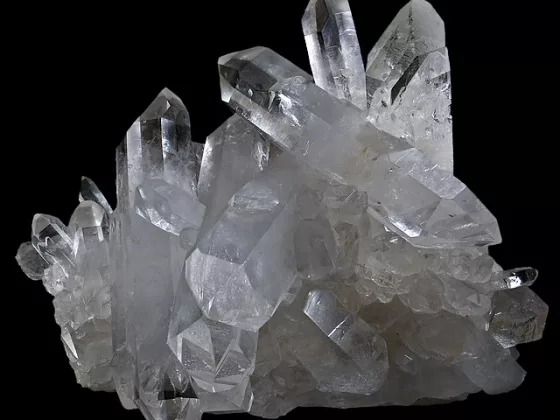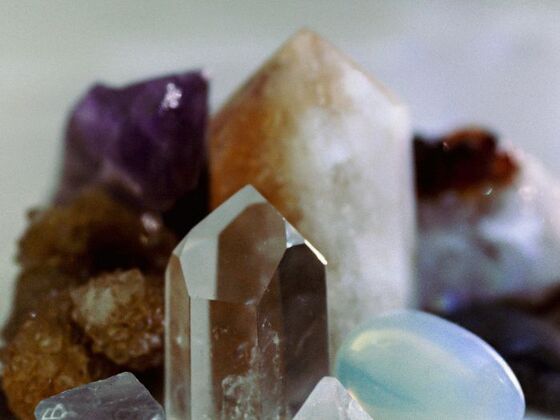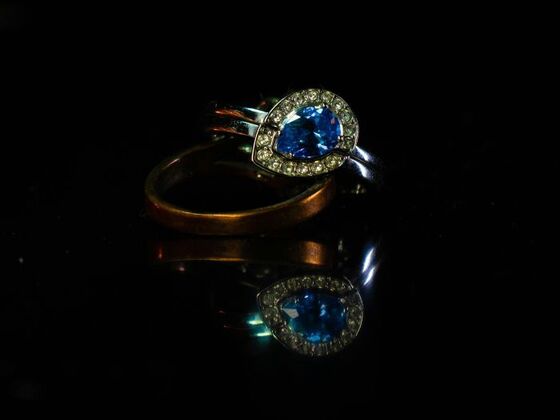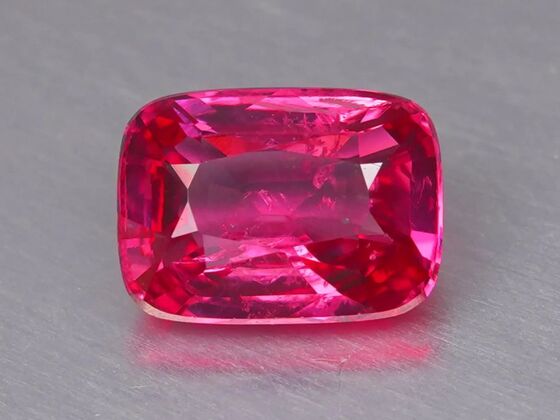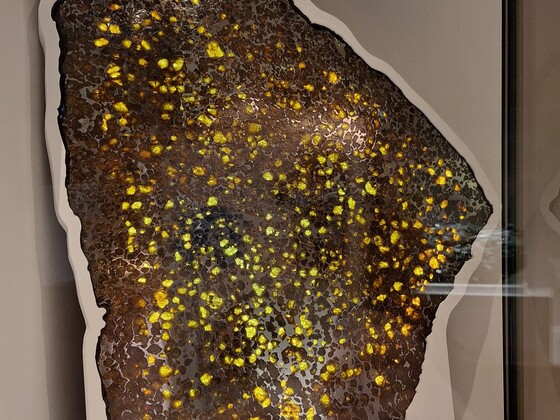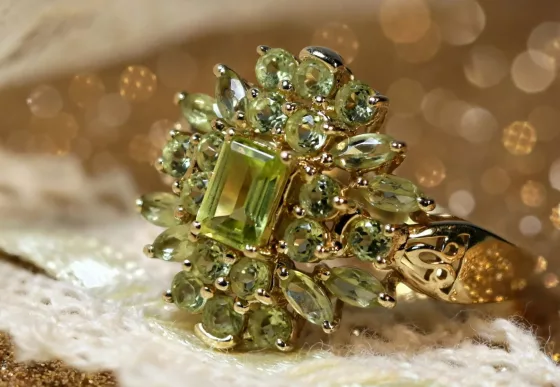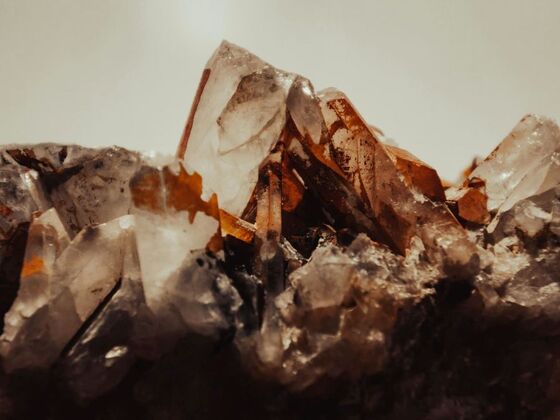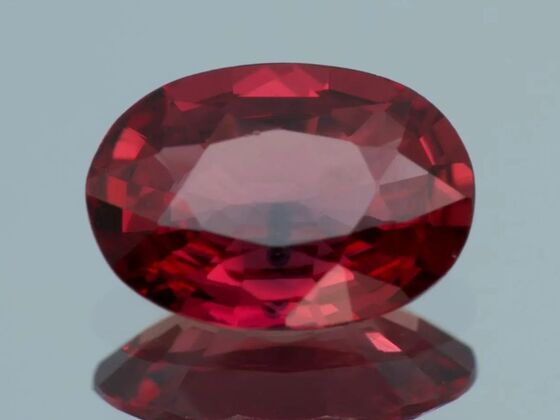Precious gemstones are nature’s most exquisite treasures, rare, dazzling minerals that have captivated humanity for millennia. Unlike ordinary stones, precious gemstones possess a unique combination of beauty, rarity, and durability that elevates them to objects of immense value and admiration. Furthermore, these gems are not merely decorative. Instead, they are living pieces of the Earth’s history, formed deep within the planet’s crust under extraordinary conditions over millions of years.
Historical and Cultural Significance
From the ancient pharaohs of Egypt to the emperors of Asia and the monarchs of Europe, precious gemstones have long been treasured symbols of power, wealth, and divine favour. In addition, they have adorned crowns, sceptres, and sacred relics, serving as talismans believed to hold magical or protective properties. Moreover, across cultures, gemstones have inspired myths, legends, and artistic masterpieces, weaving their way into the very fabric of human civilisation.
Why Precious Gemstones Are Valued
The allure of gemstones stems from three fundamental qualities:
- Beauty: Their vibrant colours, mesmerising sparkle, and unique optical effects make them objects of pure visual delight.
- Rarity: Formed under rare geological circumstances, high-quality gemstones are scarce, which only heightens their desirability.
- Durability: Many precious stones boast remarkable hardness and resilience. This allows them to endure the test of time and be passed down through generations as treasured heirlooms.
The “Big Four” Precious Gemstones
Diamond

Characteristics:
Diamonds stand out as the hardest natural substance on Earth, achieving a perfect 10 on the Mohs hardness scale. They also display exceptional brilliance and fire, which is the dazzling dispersion of light into spectral colours. These qualities establish diamonds as the ultimate symbols of everlasting beauty and strength.
Famous Diamonds:
The enigmatic blue Hope Diamond is celebrated for its stunning colour and mysterious history. The Koh-i-Noor is a gem wrapped in royal intrigue and myth. Both rank among the most legendary diamonds in the world.
Uses:
People prize diamonds for their iconic place in engagement rings and fine jewellery. They also value diamonds for their crucial role in the cutting, drilling, and polishing industries. Their unmatched hardness makes them essential for these industrial uses.
Where They Occur:
Diamonds emerge from deep volcanic pipes known as kimberlites. They are found in Russia’s icy Yakutia region, the vast plains of Botswana, the pristine mines of Canada’s Northwest Territories, the historic fields of South Africa, and Australia’s rugged terrain.
Ruby
Characteristics:
Rubies are the fiery red variety of corundum, colored by trace amounts of chromium. Their rich, vibrant red, especially the coveted “pigeon blood” hue, is a symbol of passion and vitality. With a hardness of 9, rubies are both beautiful and durable.

Symbolism and History:
Throughout history, rubies have been associated with courage, protection, and prosperity. They have graced the crowns and jewels of kings and queens, believed to hold the power to protect warriors in battle.
Notable Rubies:
The Sunrise Ruby, a spectacular Burmese gem, has fetched record-breaking prices at auction, celebrated for its extraordinary colour and clarity.
Where They Occur:
The most prized rubies originate from Myanmar (formerly known as Burma), specifically the Mogok Valley. Other significant sources include Thailand, Sri Lanka, Mozambique, Madagascar, and Vietnam.
Sapphire
Varieties:
Sapphires rank 9 on the Mohs hardness scale, making them highly durable and suitable for everyday wear. While they are most famously known for their deep, velvety blue colour, sapphires occur in a kaleidoscope of hues, including pink, yellow, green, and the rare padparadscha, a delicate and captivating pink-orange shade. This wide range of colours, combined with their hardness and brilliance, makes sapphires exceptionally versatile and prized gemstones.
Famous Sapphires:
The Star of India, a massive star sapphire with a captivating six-rayed asterism, is one of the most famous sapphires in the world, enchanting gem enthusiasts with its celestial glow.
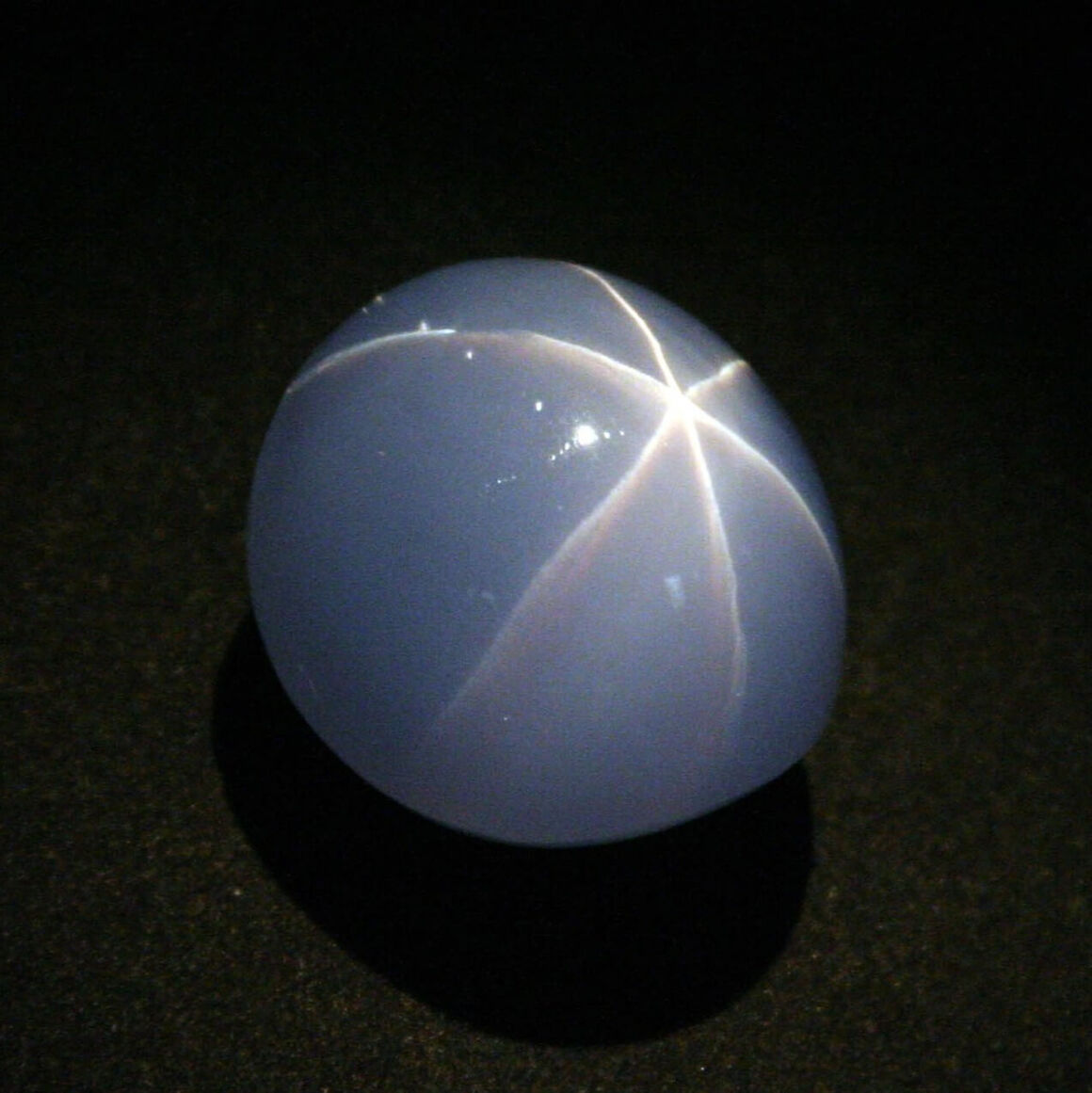
Royal and Mythological Connections:
People have long associated sapphires with wisdom, nobility, and divine favour. Throughout history, royals have adorned their crowns with sapphires, and many cultures believe these gems protect their wearers from envy and harm.
Where They Occur:
Sapphires are famously sourced from Kashmir (India), Sri Lanka (Ceylon), Myanmar, Madagascar, Australia, and Montana (USA).
Emerald
Unique Features:
Emeralds, the green variety of beryl, are prized for their lush, vibrant hues ranging from deep forest green to bright grass green. On the Mohs scale of hardness, emeralds rank between 7.5 and 8, making them relatively durable but still susceptible to scratching and chipping. Unlike other gems, emeralds typically display inclusions, tiny internal fractures or mineral traces, known as “jardin” (French for garden). Collectors and gem enthusiasts embrace these features as part of the emeralds’ natural charm.
Legendary Emeralds:
The Mogul Emerald, an enormous, intricately carved gem featuring Islamic inscriptions, is a testament to the historical reverence for emeralds.
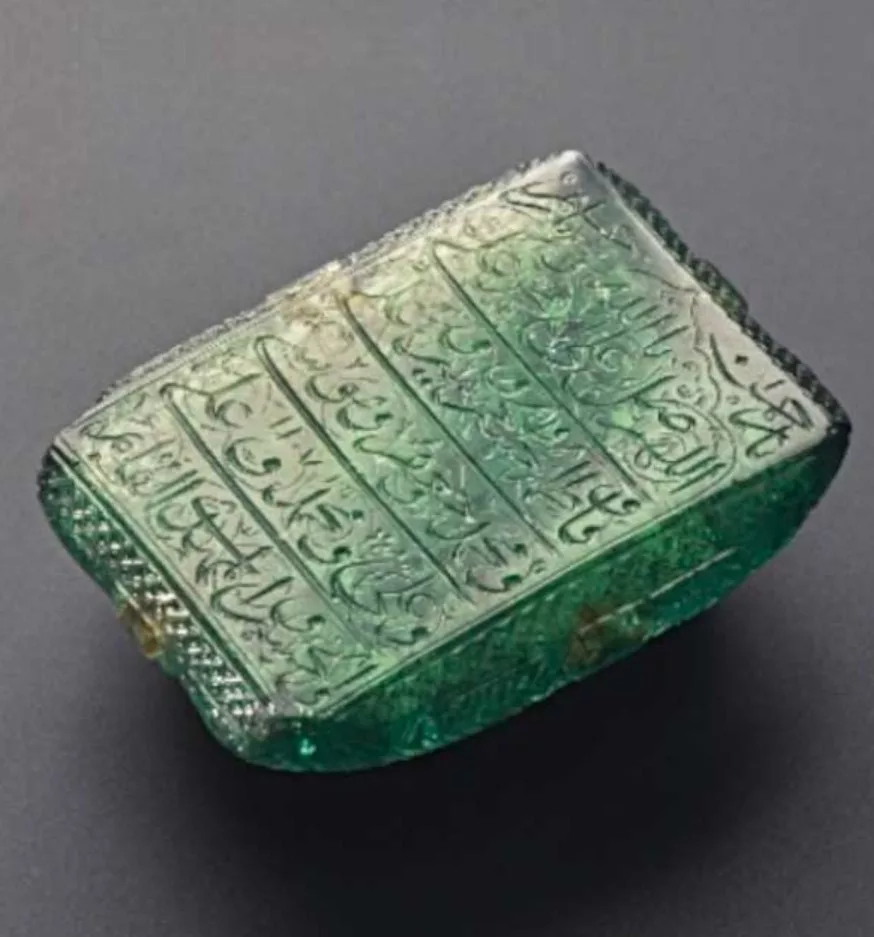
Cultural Significance:
Cleopatra’s legendary passion for emeralds cemented their status as symbols of fertility, rebirth, and eternal youth.
Where They Occur:
Colombia produces the finest emeralds, notably from the Muzo, Chivor, and Coscuez mines. Zambia, Brazil, Zimbabwe, and Afghanistan also supply significant sources of emeralds.
How Precious Gemstones Are Valued
The “Four Cs”
- Colour: The most critical attribute, encompassing hue, tone, and saturation, especially for colored gems.
- Clarity: The presence or absence of internal inclusions or external blemishes, affecting transparency and brilliance.
- Cut: The skilful shaping and faceting that maximises a gemstone’s beauty and light performance.
- Carat: The weight of the gemstone, where larger stones exponentially increase in value.
Rarity and Origin of Precious Gemstones
Certain origins are synonymous with the finest quality. Burmese rubies, Kashmir sapphires, and Colombian emeralds, in particular, are revered for their unparalleled colour and clarity. As a result, these gemstones command premium prices.
Treatments and Enhancements
Many gemstones undergo treatments such as heat treatment or irradiation to enhance their appearance. Although these processes are widely accepted, transparency about treatments is crucial for maintaining trust and ensuring accurate valuation.
Precious Gemstones in History and Culture
- Birthstones: Each month’s designated gemstone is believed to carry unique meanings and bring luck, protection, or healing to those born under its sign.
- Royalty and Religion: Gemstones have been integral to royal regalia and religious artefacts, symbolising divine authority and spiritual power.
- Myths and Legends: From healing powers to curses, gemstones have inspired countless stories that add to their mystique and allure.
Ethical Precious Gemstones Mining
Concerns Over Conflict Gemstones
The dark reality of conflict or “blood” diamonds has raised global awareness about the ethical implications of gemstone sourcing, prompting stricter regulations and consumer vigilance.
Fair Trade and Lab-Grown Alternatives
Fair trade initiatives ensure that miners receive fair wages and work under safe conditions. Meanwhile, lab-grown gemstones offer environmentally friendly and conflict-free alternatives that do not compromise on beauty or quality.
How Consumers Can Make Ethical Choices
By seeking certification, supporting reputable dealers, and choosing fair trade or lab-grown stones, consumers can, in turn, enjoy the splendour of gemstones while also promoting ethical and sustainable practices.
Conclusion
The timeless allure of precious gemstones lies not only in their breathtaking beauty but also in their rich history, cultural significance, and the stories they carry. From the depths of the Earth to the heights of human artistry, gemstones continue to inspire wonder and admiration. They remain enduring legacies in art, fashion, and culture. For collectors and admirers, gemstones offer a fascinating journey into the marvels of the natural world. They reflect humanity’s lasting fascination with beauty and rarity.
FAQ’s
To tell if a gemstone is real or synthetic, look for natural imperfections or inclusions under magnification; synthetic stones often appear flawless or have uniform patterns. Check the colour and clarity, as natural gems usually show subtle variations, while synthetics look too perfect. Simple tests like the fog test (real stones clear fog quickly) and hardness checks can help, but the most reliable method is to have the stone evaluated by a reputable gemological laboratory.
A gemstone certification is an official document issued by a reputable gemological laboratory that provides an unbiased, detailed analysis of a gemstone’s characteristics, including its type, weight, colour, clarity, cut, and any treatments. Certification is important because it verifies the authenticity and quality of the gemstone.
A gemstone certificate typically includes the gemstone’s identification (type and whether it’s natural or synthetic), carat weight and dimensions, colour, clarity, cut quality, details of any treatments or enhancements, and sometimes the stone’s geographic origin. It may also feature security elements and a unique identification number for verification.
Fascinated by Precious Gemstones and want to deepen your gemstone expertise? Dive into our comprehensive Gemstone Encyclopedia. Here, you’ll discover detailed information about hundreds of precious and semi-precious stones, including their properties and values.
For those interested in the rich cultural significance and fascinating stories behind these treasures, our History section offers captivating insights into how gemstones have shaped civilisations. Or perhaps you’d like to learn more about birthstones?
And if you’re considering gemstones as more than just beautiful adornments, visit our Precious Metal Investing guide. Here you will learn how these natural wonders can become valuable additions to your investment portfolio.

